Tackling Rugby: What Every Parent Should Know
£1.00£9.99 (-90%)
Every week young children are hospitalized on the playing fields of Britain. Yet this data is never collected, nor is there any concerted attempt to work out how to make sport safer. Using meticulous, peer-reviewed research, the book sets out the true risks associated with the sport, raising uncomfortable questions for politicians and the educational authorities. Would parents be so willing to let their children play rugby if they knew that the average risk of serious injury over the course of a season could be at least 17 percent, or nearly one in six?
Read more
Additional information
| Publisher | Illustrated edition (8 Sept. 2014), Verso Books |
|---|---|
| Language | English |
| Paperback | 160 pages |
| ISBN-10 | 1781686025 |
| ISBN-13 | 978-1781686027 |
| Dimensions | 12.95 x 1.78 x 19.81 cm |

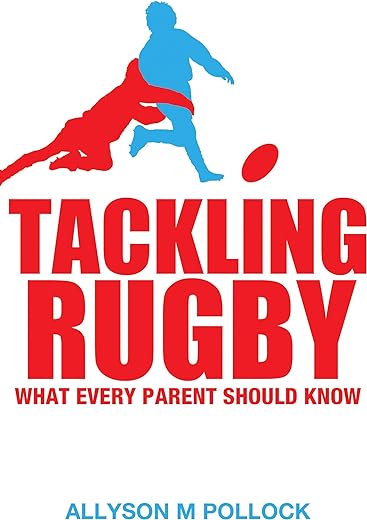
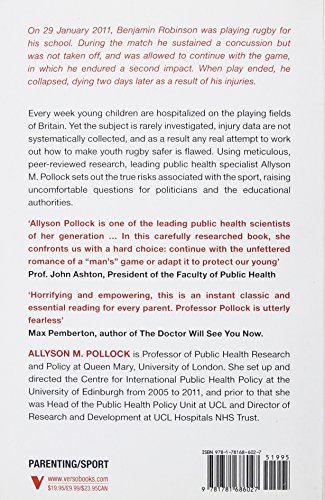


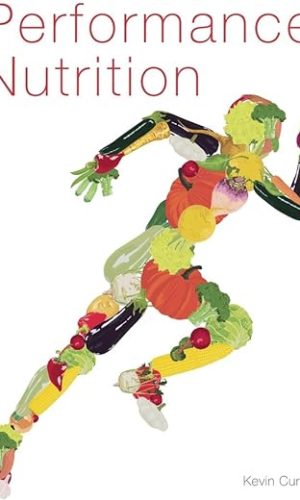
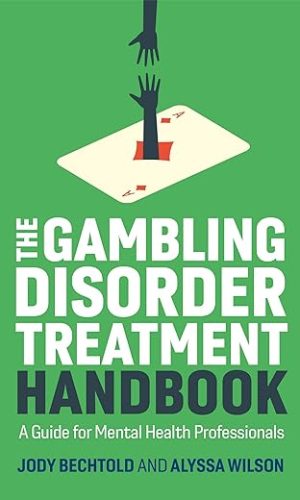


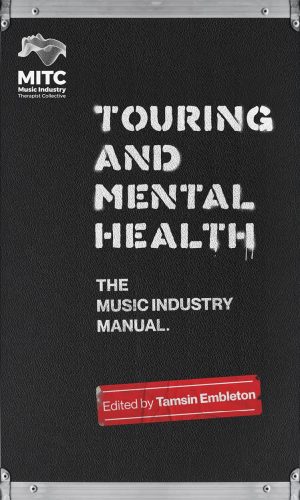

by Caroline Davis
Should be compulsory reading for anyone (or parents of anyone) involved in Rugby
by Nathan Flatman
Very disappointed in how the author cherry picks stats to suit her argument, yet fails to look at the overall picture. She comes across as someone looking to cause a stir in the media, rather than present correct information. .
by Adam White
This book is an excellent overview of what we currently know about this advantages and disadvantages of contact rugby and presents them in an easily understandable manner to parents. Prof Pollock also explains beyond the public health data (which she is a professor in) to explore the strategies and ways that sport is protecting their own interests rather than focusing on the health and well-being of those who are their participants.
by J. Whyte
I approached this book as a rugby fan but also as a coach and parent of rugby-playing children. I was hoping for a clear-eyed exploration of the actual risks of playing rugby. This book is not it.
Prof Pollock started looking into rugby injuries when one of her own sons received a serious injury (a broken cheekbone) when playing. The book recounts her efforts to gather data on rugby injuries and their impact on young players’ lives and commitment to the sport, and the difficulties she has had in securing information and co-operation from the rugby authorities. This partly autobiographical section in the book highlights both its importance as a subject and its weakness as a serious study.
It is clear that high quality data on injuries in rugby is hard to come by, and that the various unions Prof Pollock has approached have not been helpful in sourcing or supplying it. However, the tone Prof Pollock adopts becomes one of a lone parent on a crusade against big business determined to hide the facts. It comes across as if she has decided her conclusions in advance and is looking for data to confirm them rather than to test an hypothesis. She also doesn’t appear to consider any remedies other than not playing, whether by making it optional for children (which I would support) or by banning it outright (the book was called “Should we ban rugby?” in its initial publicity). It’s not hard to see why the rugby authorities would not want to co-operate with someone whose agenda was so clearly antithetical to their own interests and even existence.
When we get onto the data that she actually has, there are a number of problems in her methodology and approach. She briefly acknowledges the efforts that rugby has made to improve safety – for instance in the scrum – but makes no effort to separate the “before” and “after” data for what is a significant change. She also defines a “serious” injury as one that stops an individual from playing for a few weeks, but does not distinguish further degrees of severity. This categorisation lumps injuries that prevent play for a period but have no long-term effect such as a bad sprain or a hamstring tear alongside more permanent injuries such as a joint damage.
To some extent, she is constrained by the very limited data available, but the failure to acknowledge those limitations, to consider the efforts that the game has made to improve safety and player welfare or to explore alternative explanations or remedies seriously undermines the value of this book.
A good example: she includes an analysis that shows that the chance of a player being injured during any given season is surprisingly high (from memory, about 1 in 6) – but this assumes that injuries are randomly distributed across a squad. It doesn’t include any discussion or analysis of whether a player who has already been injured is more likely to be injured again, and whether any preventative measures have any effect in reducing that risk. Both of these would be useful things to know – even if we don’t yet have the data to analyse them – but the failure to consider them properly and the resolutely anti-rugby tone of the book actually reduces the chance that anyone will seriously consider them.
by DR J KEITH DUGDALE
This should be compulsary reading for all committee members of all rugby union club,national and international boards.
by Thomas Irvine
My wife and I read this book and made a decision to pull our sons out of all contact Rugby at their school – a decision I know we will never regret. Our sons sometimes miss being with their friends when contact rugby is being played, but also thanked us for making the decision, as they admitted they had been targeted in some matches, but did not want to admit to us, their teachers, and their friends that this was happening. We found this a very balanced and factual assessment by Professor Pollock, which profoundly changed our thinking on the subject. Rugby is clearly an exciting game to watch and play, but carries with it very real risk of life changing injuries that we felt that as parents we could not ignore.
by Lucy
A brave and very well delivered book which really highlights the often difficult effects and impacts of the game.
I think Prof. Pollock should be commended in speaking out and bringing readers attention to the issues which are often not discussed and raised in the political and societal contexts which we have lived in and will continue to live in – unless people pay attention to discourses such as these. Well worth a read.
by Dr. L. Rocke
This is clearly a well-researched book and I would not have expected anything else, given what I have heard and read about Prof Pollock. There is one issue she highlights with which I whole-heartedly agree. It is that playing rugby should be a voluntary choice (by player and/or parent) and should never be mandatory.
Otherwise, i could find very little to commend the book, which is little more than a polemic against the game, based largely upon her own experience as a parent (undoubtedly valid but also subjective). Some of her writing seems to me to be little less than scaremongering. She constantly mixes up what happens in professional rugby with the amateur game and they are, in many aspects, different games nowadays. She uses what are often flimsy, poorly conducted studies with small or tiny numbers to justify her stance and completely ignores any evidence about the benefits of being fit and healthy to play the game. She also appears to skim over the work that has been done in rugby at all levels of the game to try and make it as safe as possible for players of all ages.
There can be no doubt but that rugby is a high-impact collision sport and it seems likely that there will be a further evolution of the laws and the organisation of it to continue the process of making it as safe as possible. It is also likely that the differences between the professional and amateur games will grow further, largely in terms of safety.
However, the game has now been around for well over 150 years, which must say something about its nature as a life-affirming sport. It seems to me that Professor Pollock could have written an objective and balanced book about rugby, which would have rendered her own viewpoint and arguments more valid; sadly, I believe she has signally failed to do this and the book’s credibility must inevitably suffer for this reason.